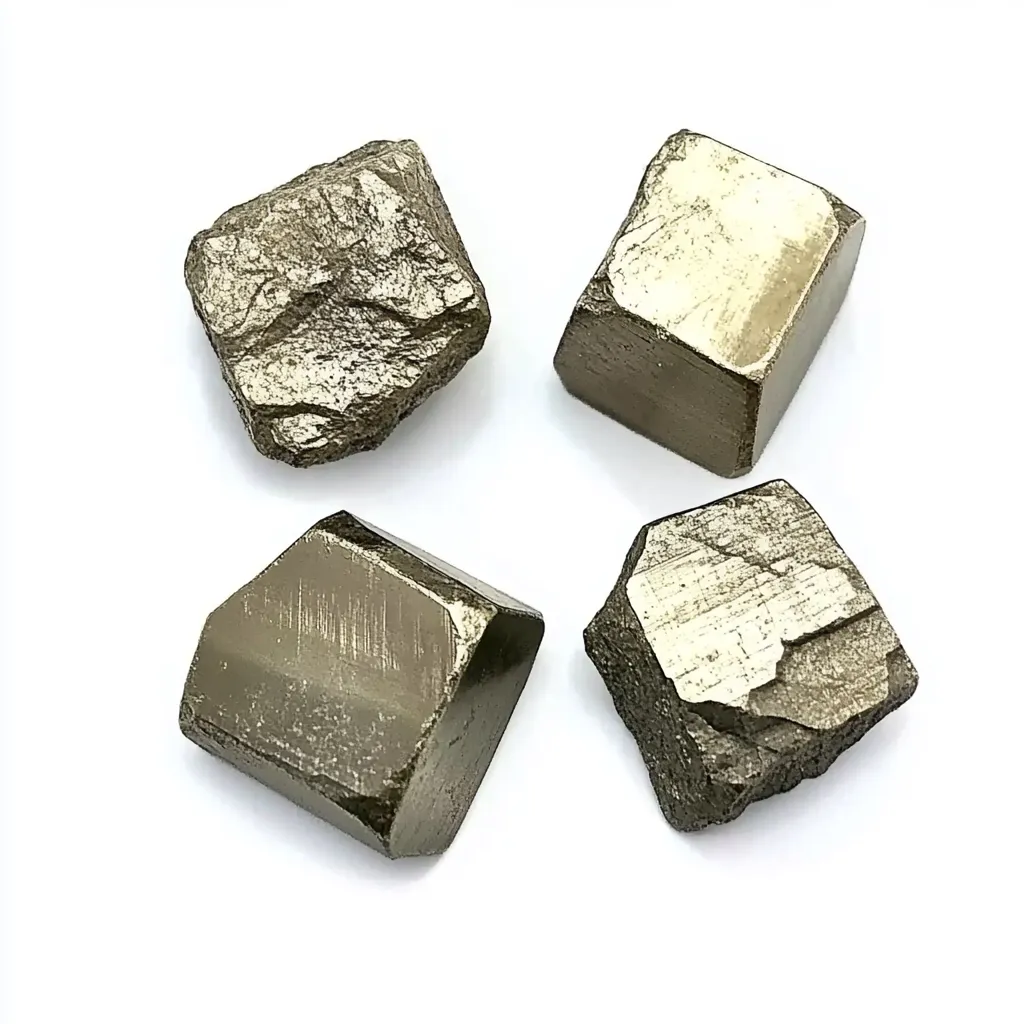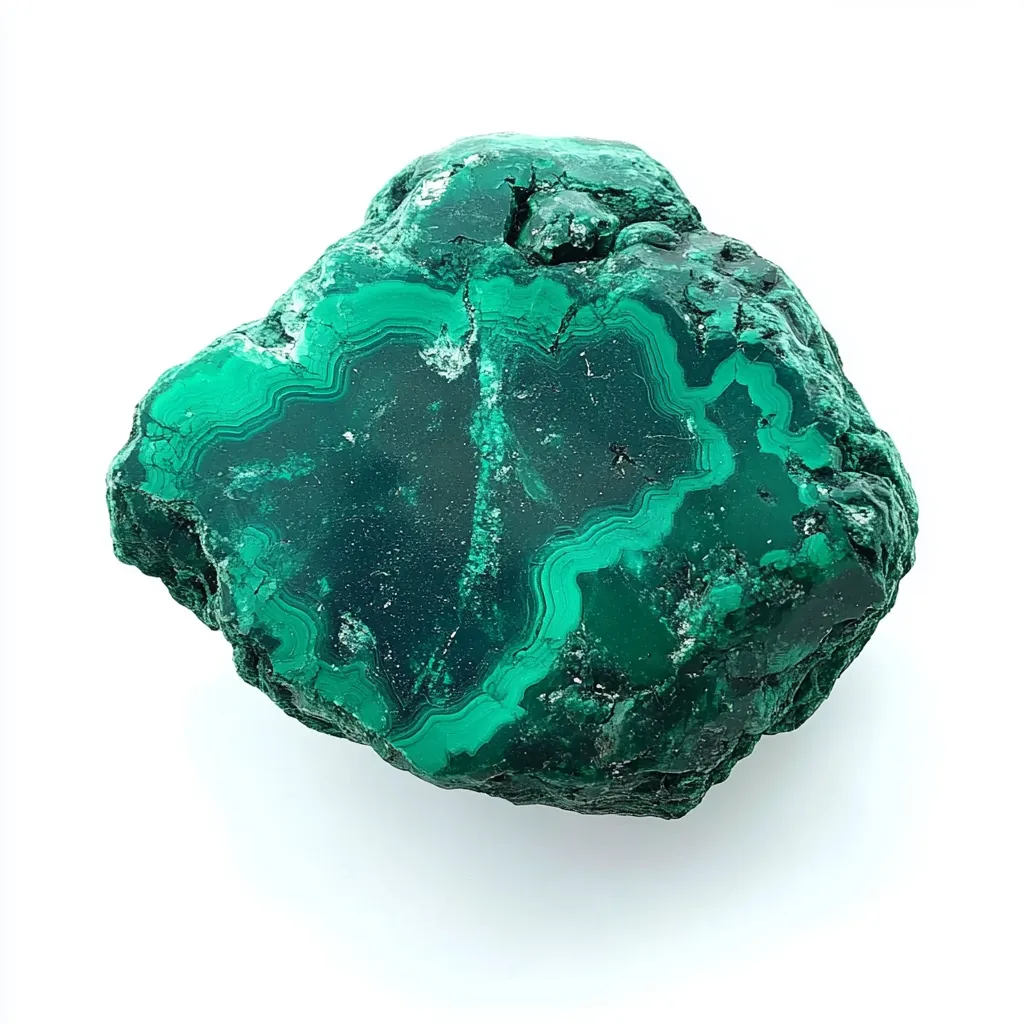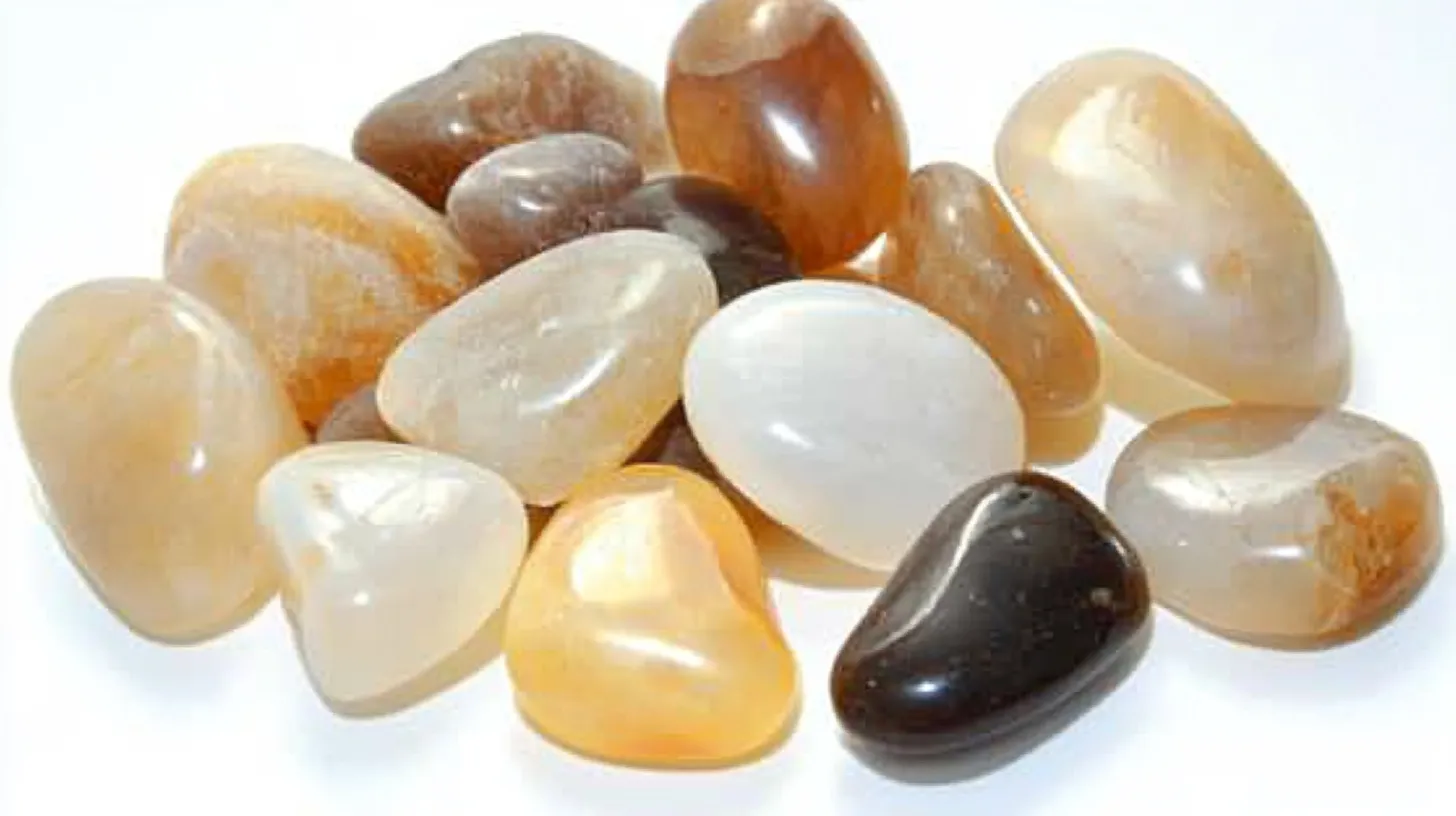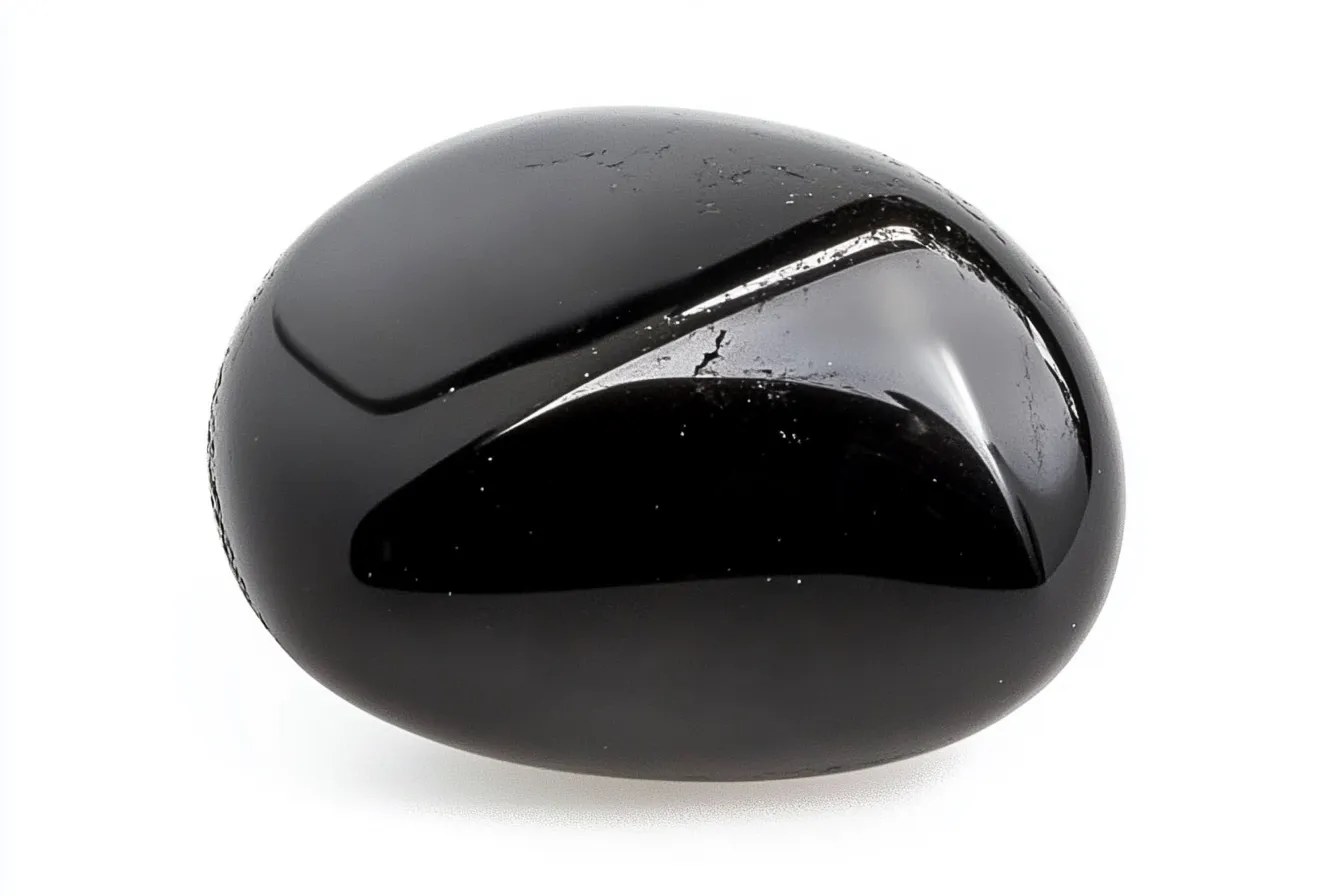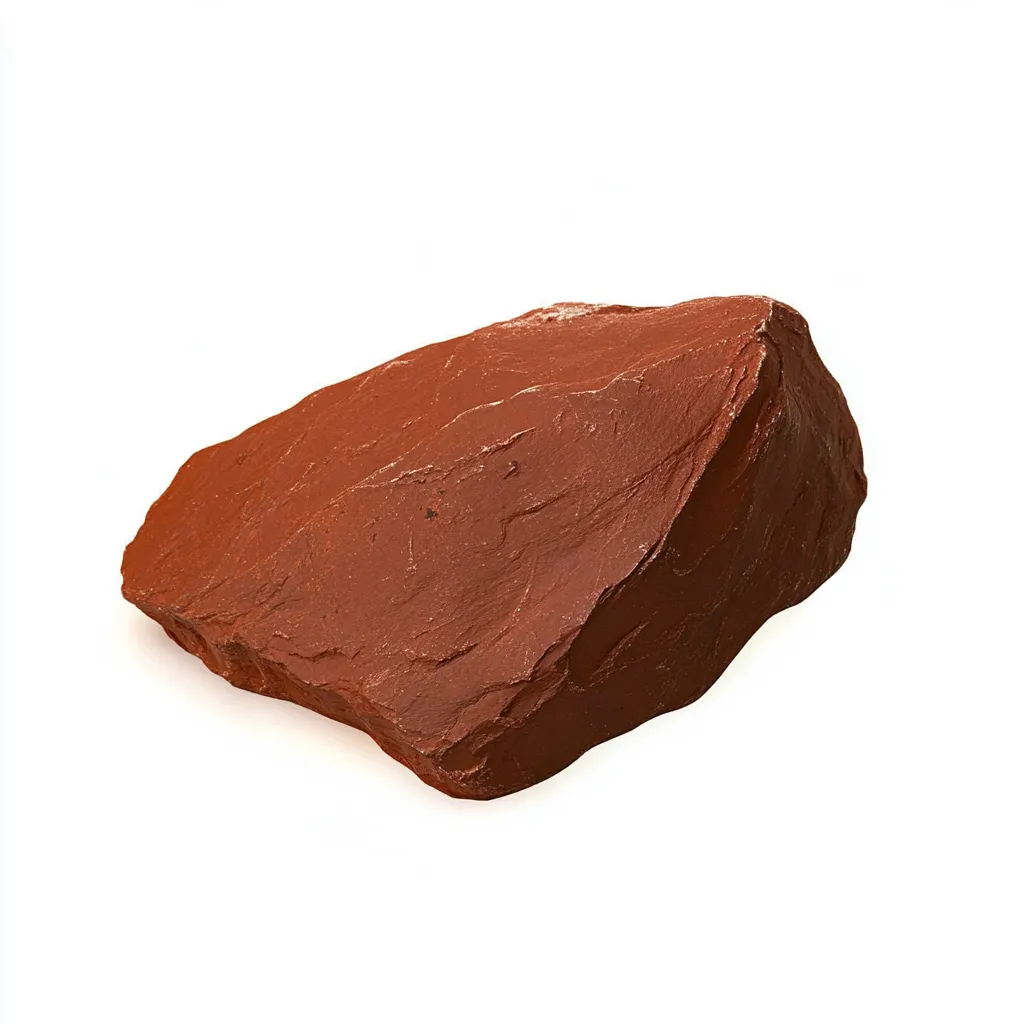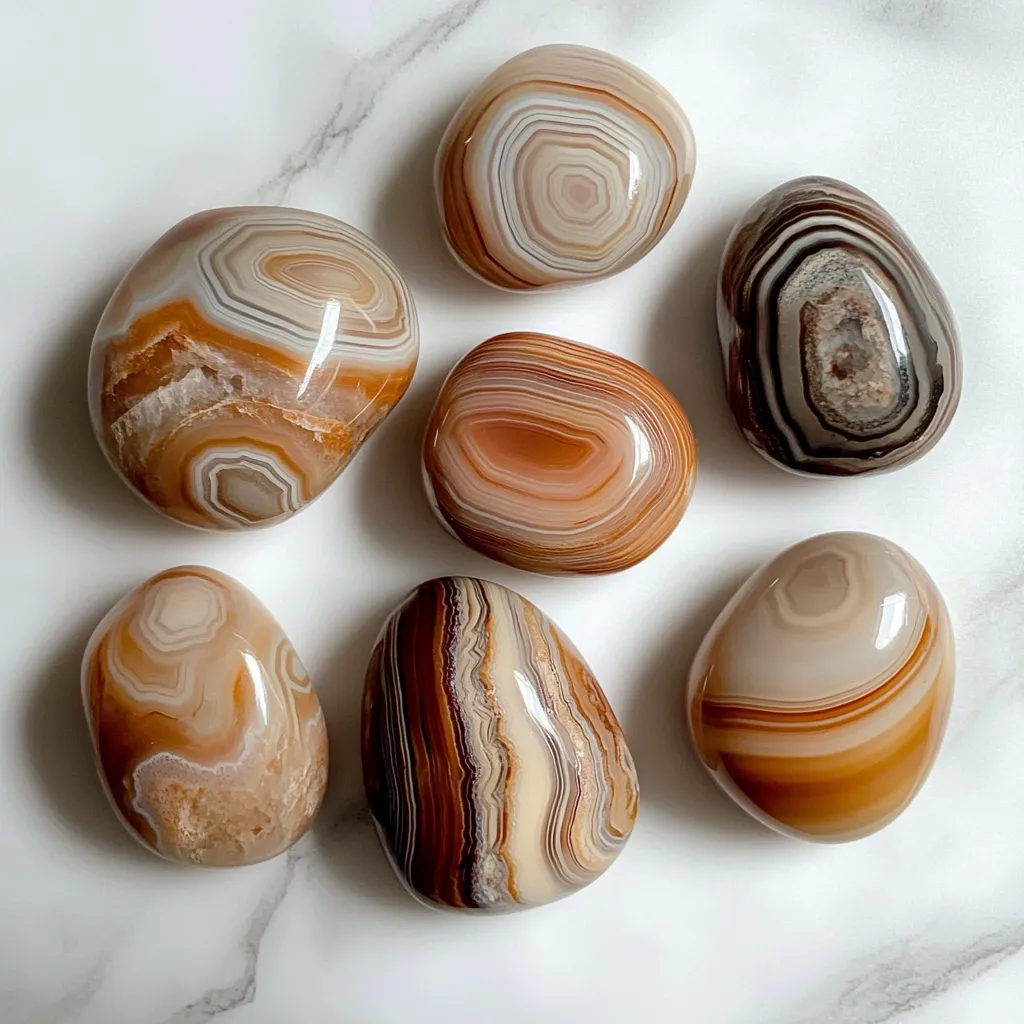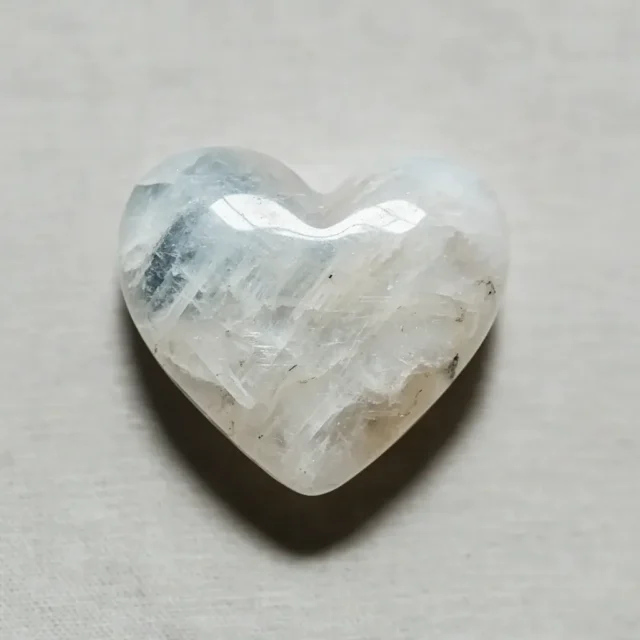

Science & History of Moonstone
A type of feldspar, most commonly orthoclase and albite, makes up moonstone. These minerals form in alternating layers. The stone’s beauty lies not only in its layers but also in an exceptional property that moonstone has: adularescence. This characteristic is the way moonstone catches light and plays with it beneath its surface.
For centuries, moonstone has enjoyed high esteem. The ancient Romans believed that moonstone was made from solid moonbeams, while in India, the gem has long been viewed as a sacred stone—a pinnacle of beauty reserved for love and spiritual protection. Master jewelers throughout the Art Nouveau period considered moonstone to be among the most beautiful and versatile of gemstones, using it to superb effect in creating elegant, flowing designs.
Moonstone Benefits : How to Use It
Often called the “stone of new beginnings,” moonstone is a powerful tool for emotional balance, especially during times of transition. Have you ever felt a little loony on a full moon? Moonstone is said to help align your internal rhythms with the lunar cycle so you can sail smoothly through any changes coming your way.
Jewelry can be a practical way to use moonstone, especially when it is worn in the form of rings or pendants that are kept close to the skin. Many people believe that such jewellery makes the moonstone’s energy more available to the wearer. A tumbled moonstone can also serve you well if you place it under your pillow. Its near proximity to you while you sleep can encourage restful sleep. If you do not tend to go in for moonstone-tumbled pillows, consider the meditative power of moonstone instead.
Table: Ways to Use Moonstone and Their Purported Benefits
| Method of Use | Benefit |
|---|---|
| Jewelry (rings, pendants) | Enhances emotional balance |
| Tumbled stone under pillow | Encourages restful sleep |
| Meditation with moonstone | Supports inner reflection & clarity |

Moonstone Spiritual Properties
On a spiritual level, moonstone connects with the divine feminine. It is believed to link with the sacral and crown chakras, fostering intuitive, compassionate, and psychically aware energies. Many energy practitioners choose moonstone as a tool for working with lunar energies or when doing shadow work.
What distinguishes moonstone from other crystals is its profound bond with the lunar phases. Certain practitioners utilize it in the period of the waxing moon to establish their intentions and during the waning moon to let go of detrimental energies. I frequently consider it an emotional compass—subtle yet potent, directing you back to your individual inner truths.
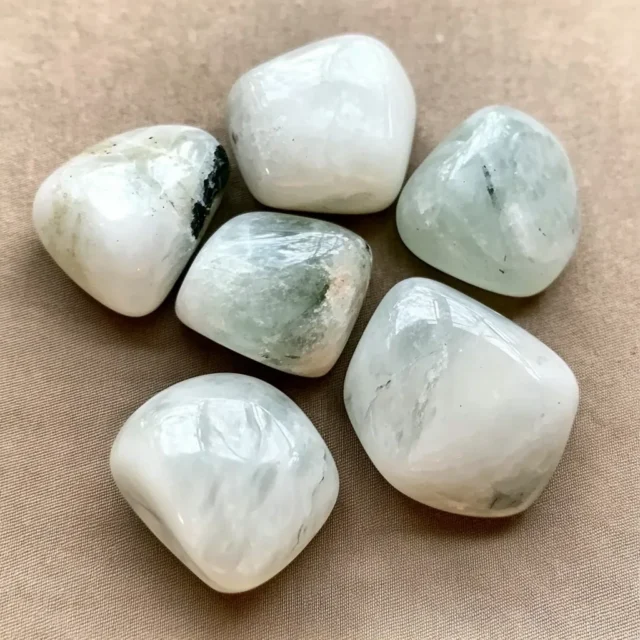
Typical Worth of Moonstone
Moonstone’s price changes with the variables of color, clarity, origin, and cut. The high-quality kind of moonstone that most people would want to buy is rainbow moonstone, which has a blue or even multicolored flash of iridescence when you look at it in the right light. It sells for anywhere from $10 to $60 per carat. Then we have white or gray moonstone. This kind of moonstone, which is lower in quality and has less of a flash, is sold for prices that range from $1 to $10 per carat.
Where a moonstone comes from matters a lot. For clear, blue sheen moonstones, you want ones from Sri Lanka. For warm peach moonstones, you want ones from India. The most common cut is a cabochon, which can show off adularescence, or that magical quality where the stone seems to glow from within. Still, moonstones are being faceted more and more, and if a gem is glowing in a modern jewelry design, it’s a sign that moonstones are being used.
Table: Moonstone Price Range by Type and Quality
| Type of Moonstone | Price per Carat | Key Features |
|---|---|---|
| Rainbow Moonstone | $10–$60 | Blue/multicolored flash |
| White/Grey Moonstone | $1–$10 | Less flash, lower clarity |
| Peach Moonstone (India) | Varies | Warm color, soft glow |
| Blue Sheen (Sri Lanka) | Varies | Clear with vivid blue adularescence |
Moonstones are not only gorgeous, but they also come with an even more lustrous history.

Crystal Pairings
Matching moonstone with other crystals can boost its potency. For emotional tethering, team it with black tourmaline or smoky quartz. These grounding stones balance moonstone’s ethereal, intuitive energy with some much-needed center-finding force.
To amplify your intuitive gifts, use amethyst or labradorite—both known for psychic enhancement. Personally, I like to use moonstone and rose quartz when I need emotional healing and feminine strength. It’s like giving your heart a soft, glowing shield.
Moonstone is used in talismans and amulets.
Across time, moonstone has held a treasured place as a mystical gem, revered for its protection and intuitive powers. Ancient Romans, for instance, believed moonstone to be solidified moonlight, and thus linked it to their lunar deities and feminine gods of yore. In India, on the other hand, the moonstone has long been regarded as a dream stone, a stone of pure intuition, and a gift often tendered to newlyweds as an emblem of love.
Even today, the influence of these ancient cultures beats through our modern society, rendering moonstone a foundational earthing stone for the intuitive art of astrology.
The first moonstone ring I ever donned is an enduring memory. It still accompanies me, almost like a friend, while I make uncertain decisions about my life’s work. I can’t help but think that my ring somehow nudges me towards the right answers.
That’s the magic of moonstone. Practitioners of contemporary spirituality often wear it, either in rings, pendants, or just kept in pockets. Why? Moonstone amulets are said to assist in emotional balance, facilitate inner clarity, and deepen connections with one’s subconscious. If ever there were a gemstone for spiritual seekers, moonstone would be it.

Using Moonstone in Feng Shui
In Feng Shui, moonstone is prized for its soft, fluid, and nourishing energy. Its yin energy makes it a perfect stone to place in bedrooms and corners meant for meditation, where it can help create calm, restful, and emotionally healing spaces. Place a moonstone in the south-west corner of your home to enhance the love or connection aspect of a relationship, as it is associated with romance and partnerships.
Moonstone Feng Shui Applications
| Application Area | Purpose/Effect |
|---|---|
| Bedroom or meditation | Promotes emotional healing and calm |
| Southwest corner | Enhances love, romance, and partnership energy |
| Near water element | Boosts moonstone’s emotional balancing effects |
Several Feng Shui practitioners use moonstone to balance hormonal fluctuations or boost fertility, in keeping with its association with feminine energy and cycles. If you’re feeling mentally or emotionally unbalanced, placing moonstone near a water element, such as a small fountain, can greatly enhance its already potent effects of amplification and bring its many soothing properties to life. This is because the natural element of water in moonstone serves as a powerful enhancer of emotional balance and harmony. Without balance in our emotional or mental state, it can be very difficult to achieve harmony and peace in our lives.

Cleansing Moonstone
All gemstones, including moonstone, absorb energy from their surroundings. To keep moonstone “functioning” at its best, you must cleanse the stone regularly and thoroughly but gently. One excellent method is to rinse it under running water that is at room temperature—natural, flowing water like you’d find in a stream is best, but tap water will work, too. Another option is to place the moonstone on a bed of brown rice overnight to draw out “negative” vibrations. This approach won’t damage the stone, and the rice will absorb the moonstone’s “bad” energy.
Moonstone Cleansing Methods
| Method | Description |
|---|---|
| Running water | Room-temperature water, preferably natural streams |
| Brown rice | Draws out negative energy overnight |
| Sage or palo santo smoke | Energy-clearing ritual using sacred smoke |
| Avoid salt | May scratch due to moonstone’s soft Mohs hardness (6–6.5) |
Avoid using salt, as moonstone has a relatively soft Mohs hardness of 6–6.5, making it susceptible to scratches or dulling. The smoke from sage or palo santo makes another safe, energetically effective cleansing method. I hold my moonstone in the smoke for around 30 seconds while energetically instructing the stone to release anything it might be holding and to restore its balance as well as mine. It is a simple yet potent ritual.

Charging Moonstone
The full moon is the ideal time to use the moon’s natural connection to recharge your moonstone. Place your moonstone in the full moonlight—on a windowsill or outside where it won’t be bothered. Let it soak in the moon’s rays overnight to renew and refresh its energy.
Moonstones are intrinsically connected to the moon.
Therefore, the full moon is the best time to use the moon to recharge moonstone.
This process is the correct way to recharge your moonstone.
Can’t wait for the full moon? No problem. Moonstone also responds well to crystal grids or pairing with selenite, which can amplify and refresh its energy.
Personally, I like to hold mine during moon meditations, letting it soak in the intention while I visualize light flooding through it.
Whether you’re using it to enhance intuition, support emotional growth, or simply enjoy its beauty, charging your moonstone keeps it vibrant and connected.

Questions and Answers
Additional Facts About Moonstone
Moonstone Color
Moonstone comes in a variety of colors, from milky white and soft gray to peach, brown, and even green. Still, the most delightful feature is its adularescence, a glowing sheen that seems to float and billow across the surface of the stone. This optical effect could be described as serving up a big order of blue and rainbow tones, which seems to hover right around the moonstone’s surface. It’s definitely a must-see in person, so make sure you stop by our spot and catch our moonstones in action!
Types of Moonstone
Different types of moonstone exist, and each has particular traits. The most common—and perhaps the most striking—form of moonstone is adularia, which rates a 6 to 6.5 on the Mohs hardness scale, making it somewhat less durable than other gemstones. That said, adularia’s combination of beauty, accessibility, and metaphysical benefits makes it one of the most used varieties of moonstone in jewelry. Mohs hardness rates suggest that this type of moonstone should be treated with care, but jewelry pieces made with adularia have proved hardy enough for regular wear. Also common in moonstone jewelry is a form of moonstone known as labradorite, which carries a hardness of 6 to 6.5 as well. Both types of moonstone are characterized by their unique optical qualities, which give the illusion of three dimensions.
Comparison of Common Moonstone Types
| Type | Hardness (Mohs) | Key Feature | Jewelry Use |
|---|---|---|---|
| Adularia | 6 – 6.5 | Blue adularescence | Common, elegant, versatile |
| Labradorite | 6 – 6.5 | Multicolor shimmer (labradorescence) | Often paired with modern styles |
Moonstone Cost
Moonstone costs differ immensely based on several factors. Type, clarity, size, and adularescence all contribute to how much a moonstone will run. Common varieties may start at just a few dollars but could also rise to around $50 per carat for high-quality pieces. When one considers the black moonstone or blue moonstone (both very rare), we’re looking at prices that could go well above that for even more striking works. Additionally, the settings and craftsmanship are important considerations. Both influence the final price, especially with antique or designer pieces.
Factors Influencing Moonstone Price
| Factor | Description |
|---|---|
| Type | Rare types like black or blue moonstone are pricier |
| Clarity & Size | Higher clarity and larger size increase value |
| Adularescence | Stronger glow = higher cost |
| Craftsmanship | Designer or antique settings add premium |
Pearl Alexandrite and Moonstone
Even though there are three birthstones—pearl, alexandrite, and moonstone—for June, they are as different from one another as the colors in a rainbow. Pearls symbolize purity and wisdom; alexandrite is known for its color change; and moonstone is associated with intuition and feminine energy. Of these diverse stones, moonstone is by far the most affordable and, to me, the spiritually richest. I often see combinations of these three birthstones in jewelry. Variations on that idea seem to be a popular option right now. Isn’t it fascinating how much variety one month can hold?
Meaning of Peach Moonstone
The energy emitted by peach moonstone is soft and loving. It encourages you to find emotional balance and helps you realize your own self-worth. You may hear it referred to as the “stone of new beginnings.” It is often recommended for use during life transitions. Some suggest it is beneficial for calming anxiety and may even help you develop deeper compassion for yourself and others. Its colors are warm and inviting. That soft, mellow glow from this stone makes it almost impossible to be anything but calming.
Black Moonstone Metaphysical Properties
Black moonstone is connected to protection, intuition, and emotional balance. Its lighter versions are linked with these qualities as well, but black moonstone takes them to another level. Black moonstone is particularly potent during the new moon phase, believed to enhance users’ access to their inner truths. Many energy workers use black moonstone to block negative energies or to increase their psychic awareness. Spiritual practices greatly appreciate this stone’s deep, mysterious, and potent energy, despite it not being as ostentatiously beautiful as rainbow moonstone.
Metaphysical Properties of Rainbow Moonstone
Celebrated for enhancing intuition, insight, and emotional clarity, rainbow moonstone is often used during meditation to strengthen the mind-body-spirit connection. Healers claim it balances male and female energies and brings light to dark emotional patterns. With its luminous flashes, it symbolizes hope and inner growth. Whether worn as jewelry or used in rituals, the rainbow moonstone serves as a radiant guide on one’s spiritual journey.
4o

